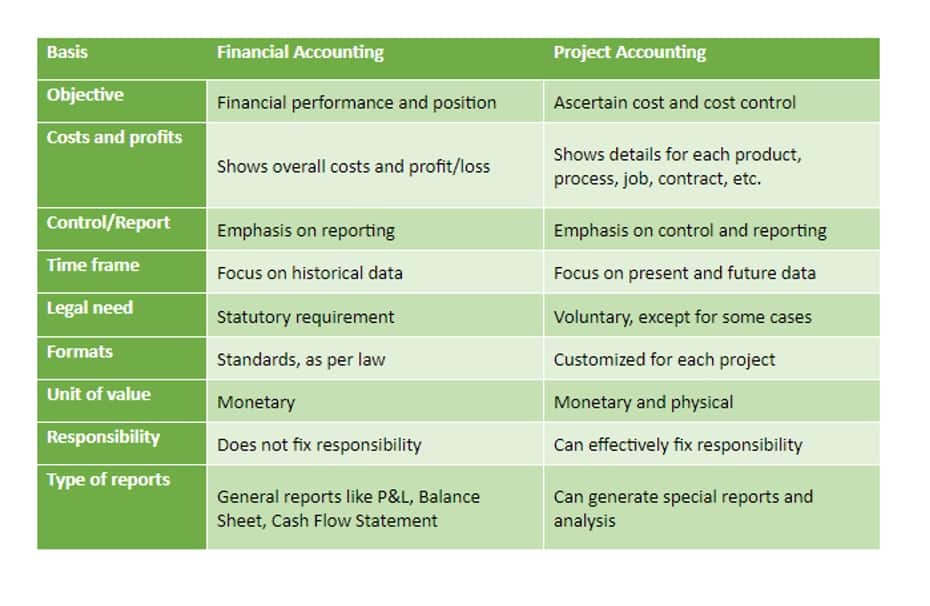
Departments review expenses, initiatives, company metrics, and accomplishments to create proposed budgets. However, it’s important to ensure that upper management considers departmental or operational needs to avoid retained earnings balance sheet creating a disconnect between the budget and actual operations. From there, the Finance team can pull together all the P&Ls and develop balance sheets and cash flow statements, which can be automated using an FP&A Platform.

What’s the key difference between top-down and bottom-up budgeting?

This article delves into the intricacies of both budgeting approaches, weighing their advantages, challenges, and best-fit scenarios to guide businesses in making informed budgetary decisions. The ability to execute on a budgeting methodology is equally as important, if not more important, than choosing the correct methodology. Implementation cost is the expense of resources required to implement the budgeting process.

Allocating resources
Once they complete their budgets, they submit them to top-level management for review and approval. The hybrid approach blends both top down and bottom up budgeting, allowing management to set strategic goals while giving departments the flexibility to offer valuable input. Bottom-up planning preserves insights gained over time, making it easier to refine estimates while accounting for known factors. Meanwhile, zero-based budgeting emphasizes accountability and cost control by challenging teams to justify every expense. Choosing between these approaches often depends on whether a company prioritizes efficiency through historical knowledge or aims to reduce costs through a more rigorous, expense-by-expense review. Top-down budgeting is a type of budget allocation where executive leadership and senior management set high-level budgets based on company objectives.
Pros and Cons of Top-Down and Bottom-Up Budgeting

Overall, all budget decisions go through multiple layers of management before being shared with the larger teams. Top-down and bottom-up are two different analytical approaches for making decisions. A top-down approach starts by examining “big picture” factors, and then drilling down to top-down vs bottom-up budgeting smaller details. For example, an investor might start by comparing broad industry sectors, and later compare the companies within a certain sector. They make portfolio decisions by looking at global, then country-level economics. They further refine the view to a particular sector, and then to the individual companies within that sector.
- This budgeting process eliminates much of the back-and-fork and guesswork, culminating in a much more rapid budgeting process that isn’t as lengthy or cumbersome.
- These tools also improve communication between finance teams and department heads, improving the review process and helping plans stay aligned with overall business goals.
- It fosters stronger engagement and collaboration across the organization, improving the chances of meeting both departmental budgets and company-wide objectives.
- Bottom-up budgeting has a more decentralized approach than top-down budgeting.
- In a bottom-up approach, the budgeting process starts with individual departments submitting their budget proposals based on their needs, which are then reviewed and approved by upper management.
Ways Your 12-Month Budget is Hurting Your Business
- Had I played a more active role in creating that first marketing budget, our strategic approach and performance — not to mention my engagement level — likely would have looked different.
- Each approach has strengths and weaknesses, but in actual fact both work together.
- Simply applying a formula, without taking into consideration the variables, such as brand or product maturity, market conditions and the like, means that you can miss the opportunities.
- When comparing bottom-up budgeting and top-down budgeting, it is important to consider the key attributes of each approach.
- The problem with bottom-up budgeting is there are no parameters to guide departments as they develop a budget, which oftentimes is laced with overspending.
- Let’s dive into what exactly top-down and bottom-up budgeting is, how they differ, and how to identify which is the best approach for your organization.
The top-down budgeting process starts by looking at your total monthly or annual income and defining your goals — whether it’s building an emergency fund, saving for retirement, or paying off debt. This method empowers you to manage Bookkeeping vs. Accounting your finances by aligning your spending with what matters most to you. The top-down approach offers a reliable framework to help you make confident financial decisions.

Managers also take market factors and unique circumstances into consideration to develop a grounded financial plan. The mindset behind this is that if the departments are successful, the company is successful. The growth and development of the company is still the overarching goal.